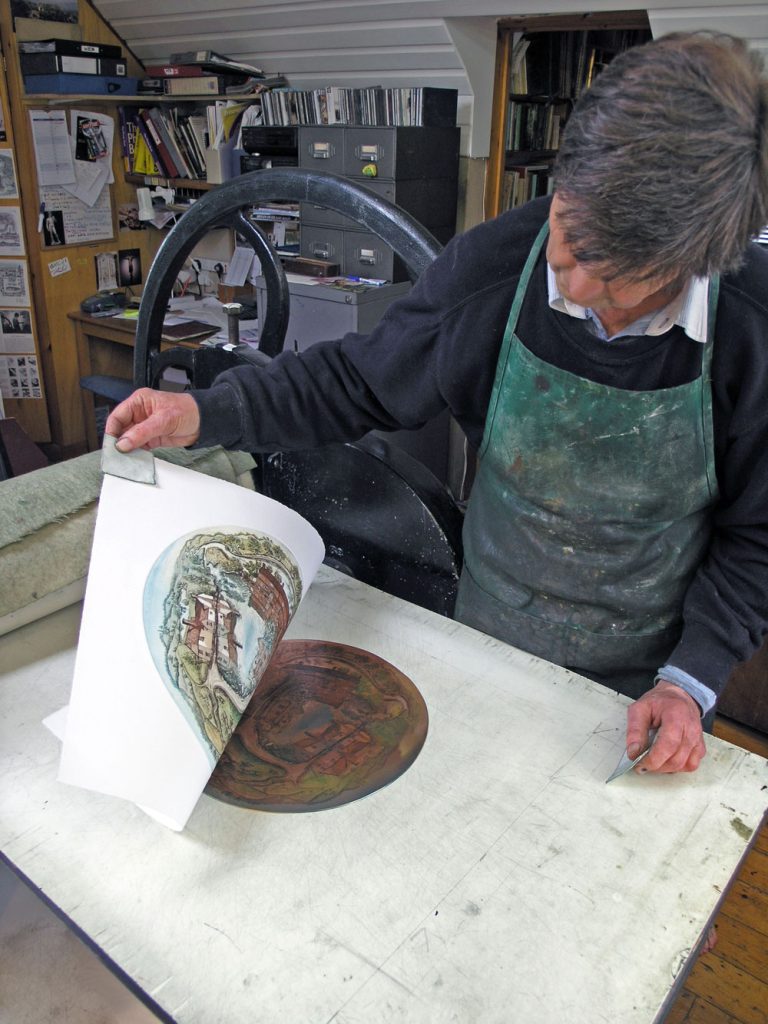The Techniques and Processes Art of Printmaking – Printmaking is a versatile and intriguing form of art that involves creating multiple copies of an image or design from an original surface. This technique allows artists to explore various methods and materials to produce stunning visual creations. Let’s delve into the world of printmaking, exploring its main types, processes, techniques, and distinguishing it from traditional painting methods.
Types of Printmaking
Printmaking can be categorized into four main types, each defined by the specific techniques and materials used: https://gameslot.id/
- Relief Printmaking: Involves carving away areas of a surface (such as wood or linoleum) that won’t receive ink. The raised areas are then inked and transferred onto paper. https://www.lemonaidcars.com/
- Intaglio Printmaking: Focuses on incising lines or textures into a metal plate. The ink is applied to the incised areas, and excess ink is wiped off the surface before printing.
- Planographic Printmaking: Utilizes a flat surface where ink and water are applied to different areas. The image is created through the interaction of these substances and transferred to paper.
- Stencil Printmaking: Involves creating a stencil that blocks areas where ink shouldn’t reach. Ink is then pushed through the stencil onto paper.

Printmaking Processes
The printmaking process involves several key stages:
- Preparation of Materials: The choice of materials and surface is crucial, whether it’s a woodblock, metal plate, or other mediums.
- Image Creation: Artists create the image through techniques like carving, etching, drawing, or applying resist substances.
- Printing Process: Ink is applied to the prepared surface, and pressure is applied to transfer the image onto paper or fabric.
Printmaking Techniques
Printmaking encompasses a variety of techniques that produce distinct results:
- Etching: Acid is used to etch lines into a metal plate, which is then inked and wiped before printing.
- Linocut: Similar to woodcut, but uses linoleum, allowing for smoother carving and bold, graphic results.
- Lithography: Involves using a flat stone or metal plate with a water-attracting surface. The image is drawn with an oily medium, and ink is applied only to the image areas.
- Screen Printing: Uses a mesh screen with areas blocked off to create an image. Ink is pressed through the open areas onto the printing surface.
- Woodcut: Involves carving an image onto a block of wood, with the raised areas holding ink for printing.
- Monotype: Produces unique prints by applying ink or paint to a surface and transferring it to paper. Every print is distinctive.
Printmaking vs. Painting
While both printmaking and painting are artistic forms, they differ in their approach and final results. Printmaking focuses on creating multiples of the same image, while painting typically involves creating a single, unique artwork. The techniques, materials, and processes also set them apart. Printmaking often involves creating an image on a separate surface and transferring it, while painting directly applies pigment to a canvas or surface.
Conclusion
Printmaking offers artists a range of techniques and processes to express their creativity and produce captivating artworks. From the intricate details of etching to the bold graphics of linocut, each technique contributes to the rich diversity of the printmaking world. As you explore the various types, processes, and techniques, you’ll gain a deeper appreciation for this unique art form that has captivated artists and enthusiasts for centuries.